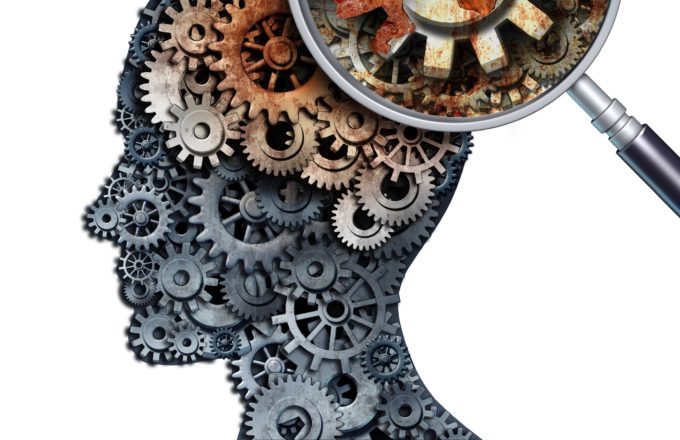Defining Working Memory
There are three types of memory. Working memory can be defined as “a limited capacity system allowing for the temporary storage and manipulation of information necessary for such complex cognitive tasks as comprehension, learning and reasoning” (Baddeley, 2000, p. 418). Put more simply, working memory refers to the ability to hold information in the mind and manipulate it while readying it to be stored as long-term memory. It is often referred to as the brain’s sticky note or mental workspace.
Working memory is an essential aspect of cognitive function. In everyday life, people use their working memory to remember number sequences like phone numbers, pin numbers, and passwords. Research on memory and learning shows that working memory also plays a vital role in academic achievement and is considered the biggest indicator of academic success. Studies suggest that “80% of kids with poor working memory fail to achieve expected levels of attainment in either reading or math or both” (Gathercole & Alloway, 2008).
Considering that many students with learning differences have working memory deficits, it is important to provide them with frameworks that reduce the cognitive load and help them complete and manage academic tasks from mathematical problem-solving to language and reading comprehension and written expression (Martinussen & Major 2011). Research also shows that students with working memory deficits can demonstrate difficulty planning, problem solving, organizing information, and regulating their ability to monitor their own understanding (Gathercole & Alloway, 2008).
To support students’ working memory, educators can outline steps needed to complete tasks from organizing their desks to completing a research project. Goal setting, cue cards, and graphic organizers can also be useful strategies to help students keep track of the necessary steps for assignments (Martinussen & Major, 2011). To support reading comprehension, educators can ask frequent questions to check for understanding and explicitly teach students to recognize and understand text structures like main ideas and details.
References:
Baddeley, A. (2000). The episodic buffer. A new component of working memory? Trends in Cognitive Science, 4, 417-423.
Gathercole S.E., Lamont E., Alloway T.P. (2006) Working memory in the classroom. Working Memory and Education.:219–240.
Martinussen, R., Major A., (2011) Working Memory Weaknesses in Students With ADHD: Implications for Instruction, Theory Into Practice, 50:1, 68-75, DOI: 10.1080/00405841.2011.534943



